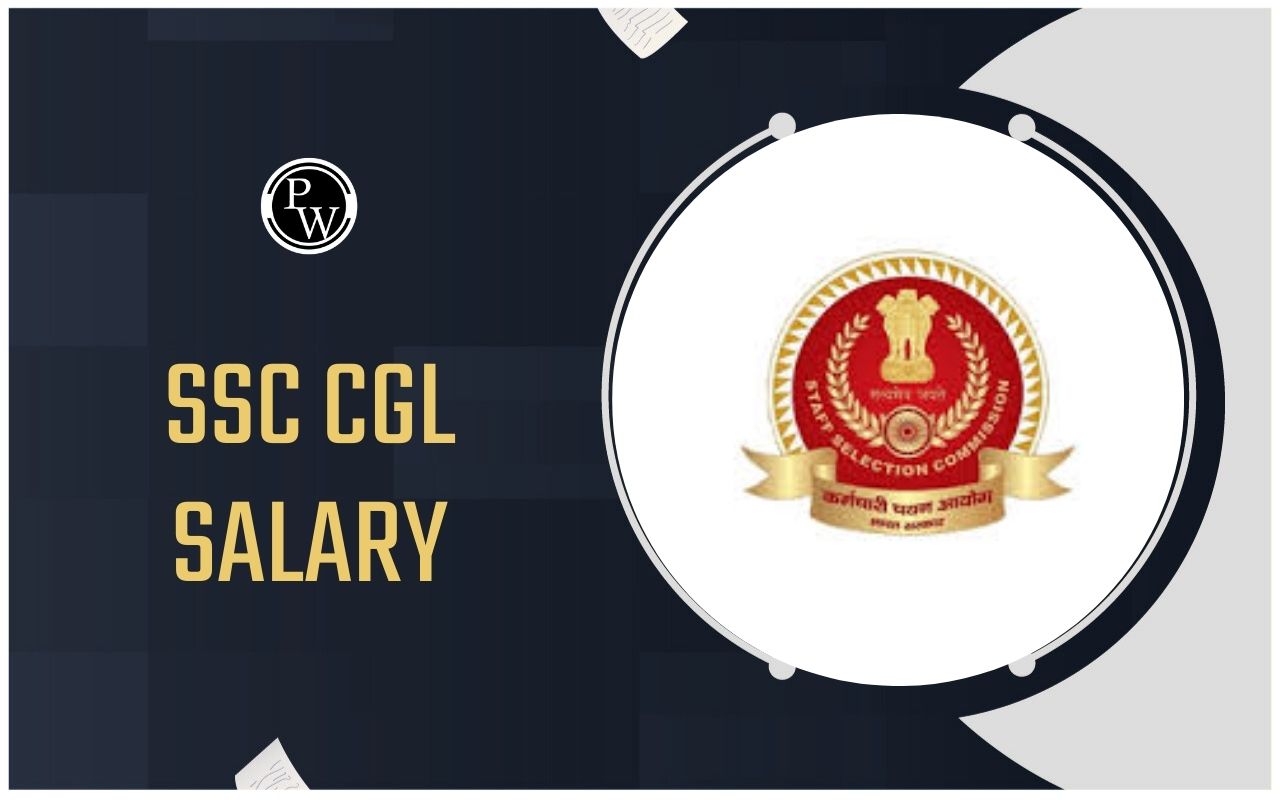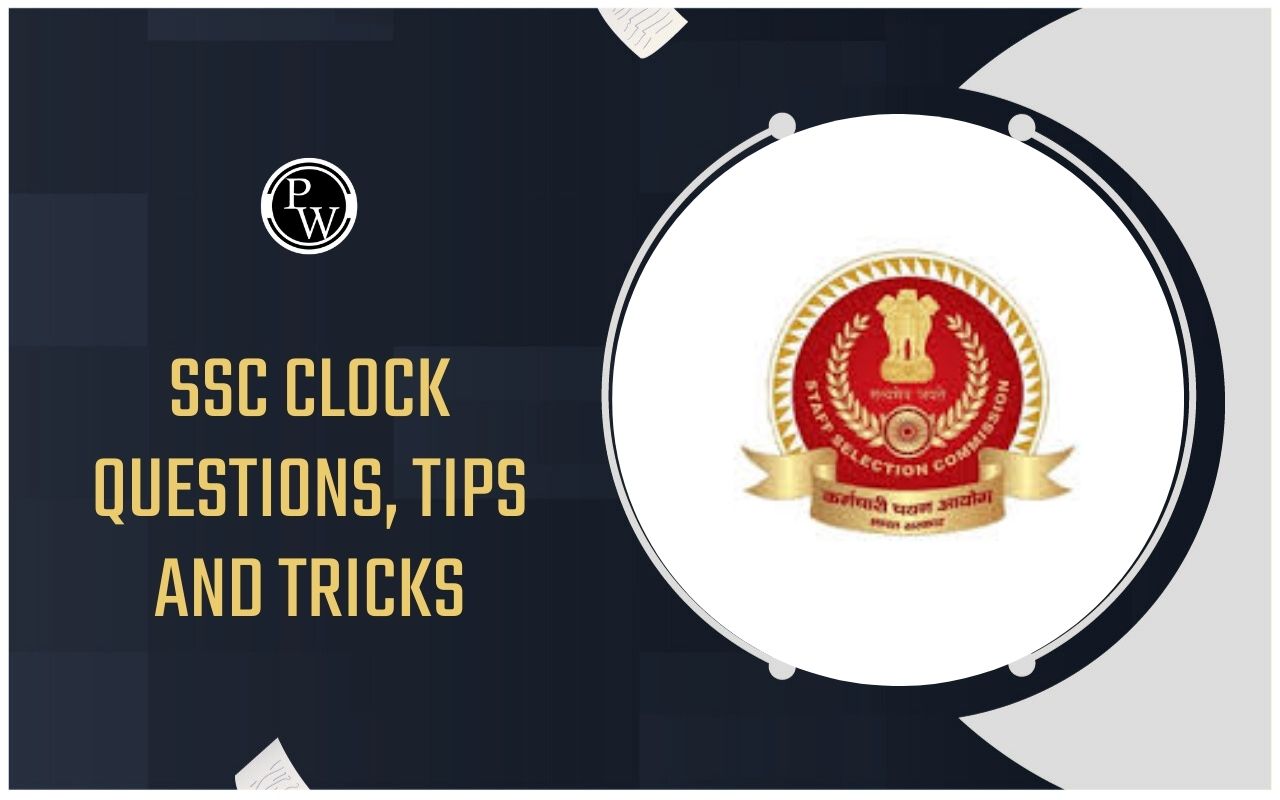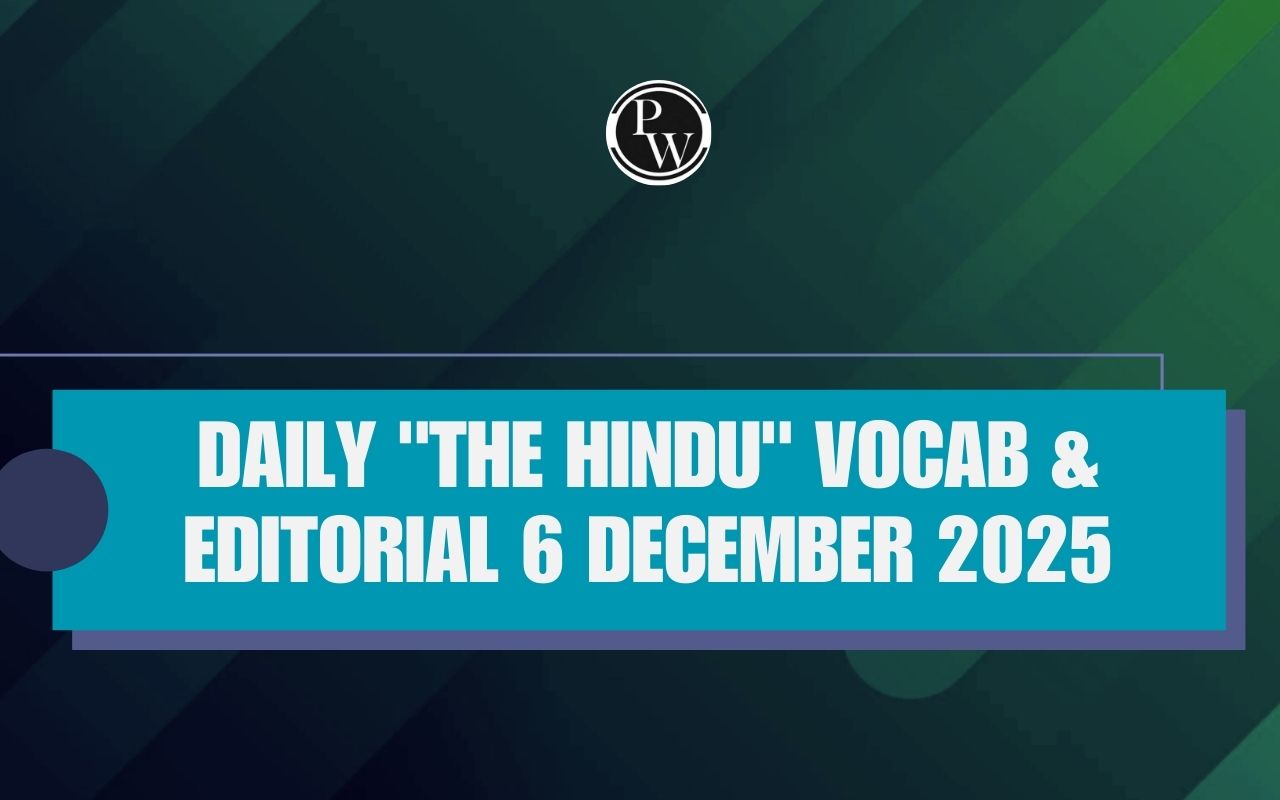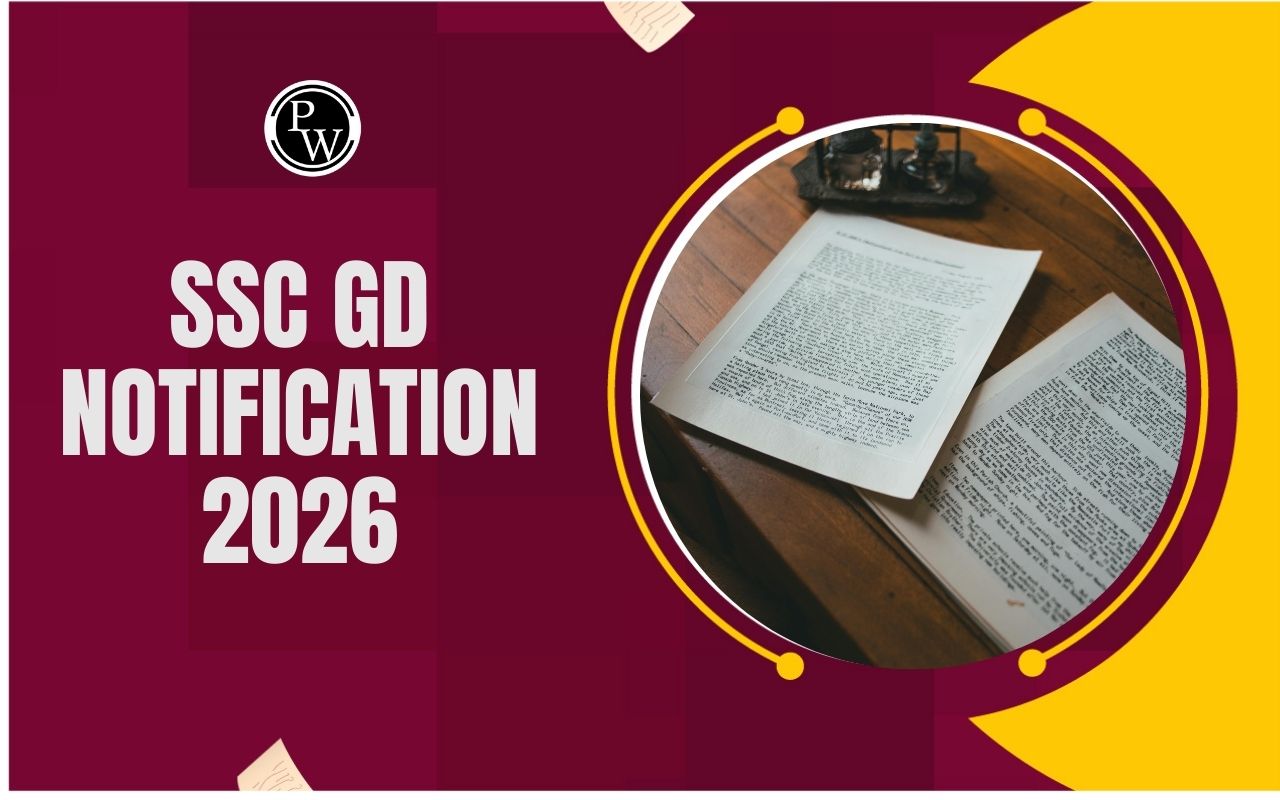
Khilafat Movement: To challenge British control in India, significant movements like the Khilafat Movement (1919-1924) and the Non-Cooperation Movement were initiated between 1919 and 1922. These movements aimed to unite people in a common strategy of nonviolence and non-cooperation, even though they faced different challenges. During this period, the Muslim League and Congress came together and engaged in various political protests. This article will focus on the Khilafat Movement (1919-1924) mentioning all the important information.
What is Khilafat Movement?
The Khilafat and Non-Cooperation movement started because many people in India were upset with British rule. During World War I, Turkey fought against the British, but the British treated them unfairly. To make the British government listen to their concerns, a movement began in 1919, led by leaders like Mohammad Ali and Shaukat Ali, Abul Kalam Azad, and Hasrat Mohani. The movement was a response to events like the Jallianwala Bagh Massacre, the Rowlatt Act, and martial law in Punjab, which showed how harsh British rule could be. People also found out that a report about the Punjab events was not truthful, and General Dyer, who was responsible, had support from the British Parliament and the public. The Montagu-Chelmsford Reforms, which tried to give some power to Indians, didn't satisfy their desire for self-government. The economy got worse after the war, with higher prices, less industry output, and increased taxes and rent. This economic suffering made people more anti-British.Khilafat Movement in India
The Khilafat Movement (1919–1924) was a significant political protest by Muslims in British India. They wanted to influence the British Government and protect the Ottoman Empire after World War I. This movement was led by the Ali brothers, Maulana Shaukat Ali, Maulana Muhammad Ali Jauhar, and Maulana Abul Kalam Azad. The reason behind this movement was the fear that the Allied Powers might break up the Ottoman Empire, which was the Islamic authority. Many Muslims believed it was their duty to safeguard the caliphate and the Ottoman Empire. The Khilafat Movement began in 1919 and gained support quickly across British India. They organized protests, demonstrations, and boycotted British goods. In 1920, the Khilafat Movement joined Mahatma Gandhi's Non-Cooperation Movement, both aimed at opposing British rule in India. However, the Khilafat Movement started to decline in 1922 when the Turkish government abolished the caliphate. Eventually, it came to an end in 1924. This movement had a significant impact on Indian politics. It brought Muslims and Hindus together in their fight against British rule and popularized non-violent resistance as a form of protest. The Khilafat Movement was complex, driven by religious beliefs, political goals, and economic issues. It continues to be a subject of study by scholars due to its influence on Indian politics and society.Why did the Khilafat Movement Start?
The Khilafat Movement began because people were worried about the Caliphate, a significant leader for Muslims worldwide. After World War I, the Ottoman Empire, which had the Caliphate, was falling apart, and there was a fear that powerful countries like Britain might harm the Caliphate. Indian Muslim leaders and some Hindu leaders came together to start the Khilafat Movement. They wanted to protect the Caliphate because they thought it was their religious duty and a way to gather support for their main goal, which was India's independence from British rule. The Khilafat Movement was a way to show support for the Caliphate and, at the same time, fight against British colonialism in India. It was a mix of both religious and political reasons. Important leaders like Mahatma Gandhi and the Ali brothers, Maulana Muhammad Ali and Maulana Shaukat Ali, played crucial roles in getting people together for this cause. Even though the Khilafat Movement couldn't save the Caliphate as they wanted, it did play a big part in bringing people together and building support for India's fight for freedom from British rule.Khilafat Movement Founder
The Khilafat Movement, initiated in 1919, was established by Maulana Muhammad Ali and his sibling Shaukat Ali. This movement received substantial backing from influential Muslim figures such as Maulana Abul Kalam Azad, Hakim Ajmal Khan, and Hasrat Mohani. Notably, Mahatma Gandhi and the Indian National Congress also extended their support to this cause.Role of Mahatma Gandhi in Khilafat Movement
Mahatma Gandhi played a big part in the Khilafat Movement. He was one of the leaders in the Non-Cooperation Movement, which joined hands with the Khilafat Movement in 1920. Gandhi saw a chance in the Khilafat Movement to bring Hindus and Muslims together in their fight against British rule. He believed that the Khilafat issue was a matter of morals, and thought that all Indians should support their Muslim brothers in this cause. Gandhi also thought that the Non-Cooperation Movement and the Khilafat Movement could lead to Swaraj, which means self-rule for India. He called for a boycott of British goods and institutions, and urged Indians to peacefully disobey unjust laws. Gandhi's involvement in the Khilafat Movement helped spread awareness and gain support from Hindus. He also worked to bring Muslims and Hindus together in their common struggle against British rule.Response in Khilafat Movement
Students: Many students left government schools and colleges to join the Non-Cooperation Movement. Middle Class People: At first, middle-class individuals led the movement, but later on, they had doubts about Gandhi's plan. Businessmen: Indian business groups supported the economic boycott because they had benefited from the focus on using Indian-made products (swadeshi). Peasants: A large number of peasants participated in the movement, which unfortunately led to conflicts between lower and upper caste groups. Women: Women joined the movement in significant numbers, abandoned traditional veiling (purdah), and donated their jewelry to the Tilak Fund. They also actively protested in front of shops selling foreign cloth and alcohol. Tilak Swaraj Fund: Mahatma Gandhi announced the Tilak Swaraj Fund one year after the Non-Cooperation Movement began. This fund was a tribute to Bal Gangadhar Tilak on the first anniversary of his death and aimed to raise one crore rupees to support India's struggle for freedom against British rule. Government's Response: The police resorted to firing, resulting in the loss of many lives. The Congress and Khilafat Volunteer Organizations were declared illegal, public meetings were banned, and most leaders, except for Gandhi, were arrested. To succeed in upcoming exams, candidates should consider exploring PW SSC Books We provide high-quality content at an affordable price, including sample papers, mock tests, guidance sessions, and more to ensure aspirants secure their selection. Also, enroll today on SSC Online Coaching to turn your dreams into reality.| Other Related Links | |
| Tiger Reserves in India | National Parks in India |
| Biosphere Reserves in India | Elephant Reserves in India |
Khilafat Movement FAQs
Q1. What is Khilafat movement?
Ans. The Khilafat Movement (1919-1924), was a pan-Islamic, political protest campaign launched by Muslims in British India to influence the British Government.
Q2. Who led Khilafat movement in India?
Ans. The Khilafat movement was led by the brothers Shaukat and Muḥammad ʿAlī and by Abul Kalam Azad
Q3. Who led Khilafat Movement?
Ans. The Khilafat movement was led by the brothers Shaukat and Muḥammad ʿAlī and by Abul Kalam Azad.
Q4. When did Khilafat Movement start?
Ans. The Khilafat movement (1919-1924) was an agitation by Indian Muslims allied with Indian nationalism in the years following World War I.
Talk to a counsellorHave doubts? Our support team will be happy to assist you!

Check out these Related Articles
Free Learning Resources
PW Books
Notes (Class 10-12)
PW Study Materials
Notes (Class 6-9)
Ncert Solutions
Govt Exams
Class 6th to 12th Online Courses
Govt Job Exams Courses
UPSC Coaching
Defence Exam Coaching
Gate Exam Coaching
Other Exams
Know about Physics Wallah
Physics Wallah is an Indian edtech platform that provides accessible & comprehensive learning experiences to students from Class 6th to postgraduate level. We also provide extensive NCERT solutions, sample paper, NEET, JEE Mains, BITSAT previous year papers & more such resources to students. Physics Wallah also caters to over 3.5 million registered students and over 78 lakh+ Youtube subscribers with 4.8 rating on its app.
We Stand Out because
We provide students with intensive courses with India’s qualified & experienced faculties & mentors. PW strives to make the learning experience comprehensive and accessible for students of all sections of society. We believe in empowering every single student who couldn't dream of a good career in engineering and medical field earlier.
Our Key Focus Areas
Physics Wallah's main focus is to make the learning experience as economical as possible for all students. With our affordable courses like Lakshya, Udaan and Arjuna and many others, we have been able to provide a platform for lakhs of aspirants. From providing Chemistry, Maths, Physics formula to giving e-books of eminent authors like RD Sharma, RS Aggarwal and Lakhmir Singh, PW focuses on every single student's need for preparation.
What Makes Us Different
Physics Wallah strives to develop a comprehensive pedagogical structure for students, where they get a state-of-the-art learning experience with study material and resources. Apart from catering students preparing for JEE Mains and NEET, PW also provides study material for each state board like Uttar Pradesh, Bihar, and others
Copyright © 2025 Physicswallah Limited All rights reserved.
Get App









